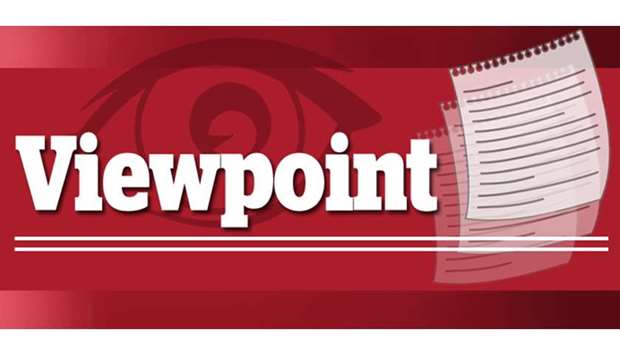California lawmakers moved the state’s 2020 presidential primary up to March 3 to give voters in the most populous state more influence over who will be running in the November general election. But millions of voters might be left out anyway unless they pay close attention to the rules for crossover voting and take action soon.
Voting in California has changed a lot in the last decade. The state dumped traditional partisan primaries in most races in favour of the “top two” system, devised a system to draw legislative and congressional districts that is more insulated from politics, and made it far easier to register to vote. And this year, the changes go nuclear in Los Angeles, Orange and a few other counties, which will be shifting from in-person voting on Election Day to voting at centralised polling centres that open weeks before ballots are counted. For the most part, the changes have been designed make it easier for people to vote.
But what hasn’t changed much is how presidential primaries are run every four years. Unlike races for State Legislature and Congress, where any voter can automatically vote across party lines, presidential primaries are open only to members of the political party in question, unless the party decides differently. Some parties choose to let unaffiliated voters participate, but in that case those voters have to ask for an additional ballot. It’s a clunky process compared to other state primaries, and it seems as if many voters haven’t gotten the message amid the hubbub of an otherwise high-interest election.
More than one-quarter of California’s 20mn voters are registered with no party preference. And those who vote by mail, which is the majority of them, will receive their ballots in about two weeks with no presidential candidates on them. If they want to pick a presidential candidate for a particular party they must either contact the county registrar and ask for the ballot for one of three primaries open to unaffiliated voters (in Los Angeles County they can do that up until a week before the election) – Democratic, Libertarian and American Independent parties – or re-register if they want to vote for a candidate in a party whose primary is open only to members. Anyone who wants to cast a vote for President Trump in the Republican primary must be a registered member of the GOP to do so.
Los Angeles County has just under a million unaffiliated mail voters and has sent out postcards twice informing them of the process. But only about 47,000 people have responded to ask for crossover ballots so far, with just two weeks until the ballots are mailed. That trend is reflected across the state; fewer than 10% of No Party Preference voters had responded to notifications about requesting a ballot by earlier this month, when political data analyst Paul Mitchell checked in with county registrars. Worse, some people have been spreading misinformation and conspiracy theories that are not at all helpful.
Registered voters with no party preference who cast ballots in person will not be affected by this; they can request a ballot from among those primaries open to them when they show up at the polls, which open February 22 in Los Angeles County. Also, vote by mail unaffiliated voters in LA County can choose to vote in person and get a new ballot with presidential candidates so long as they haven’t returned their mail ballot first.
One concern is that potentially millions of voters around the state will wake up on March 3 to realise they are shut out of participating in this important decision. That’s why the process of voting for president ought to be as much a part of the conversation as whom to vote for.
It’s reasonable to allow state parties to continue to set the rules when it comes to presidential primaries. That doesn’t mean, however, that California can’t figure out ways to make the rules clearer and more easily understandable in the future.

viewpoint
